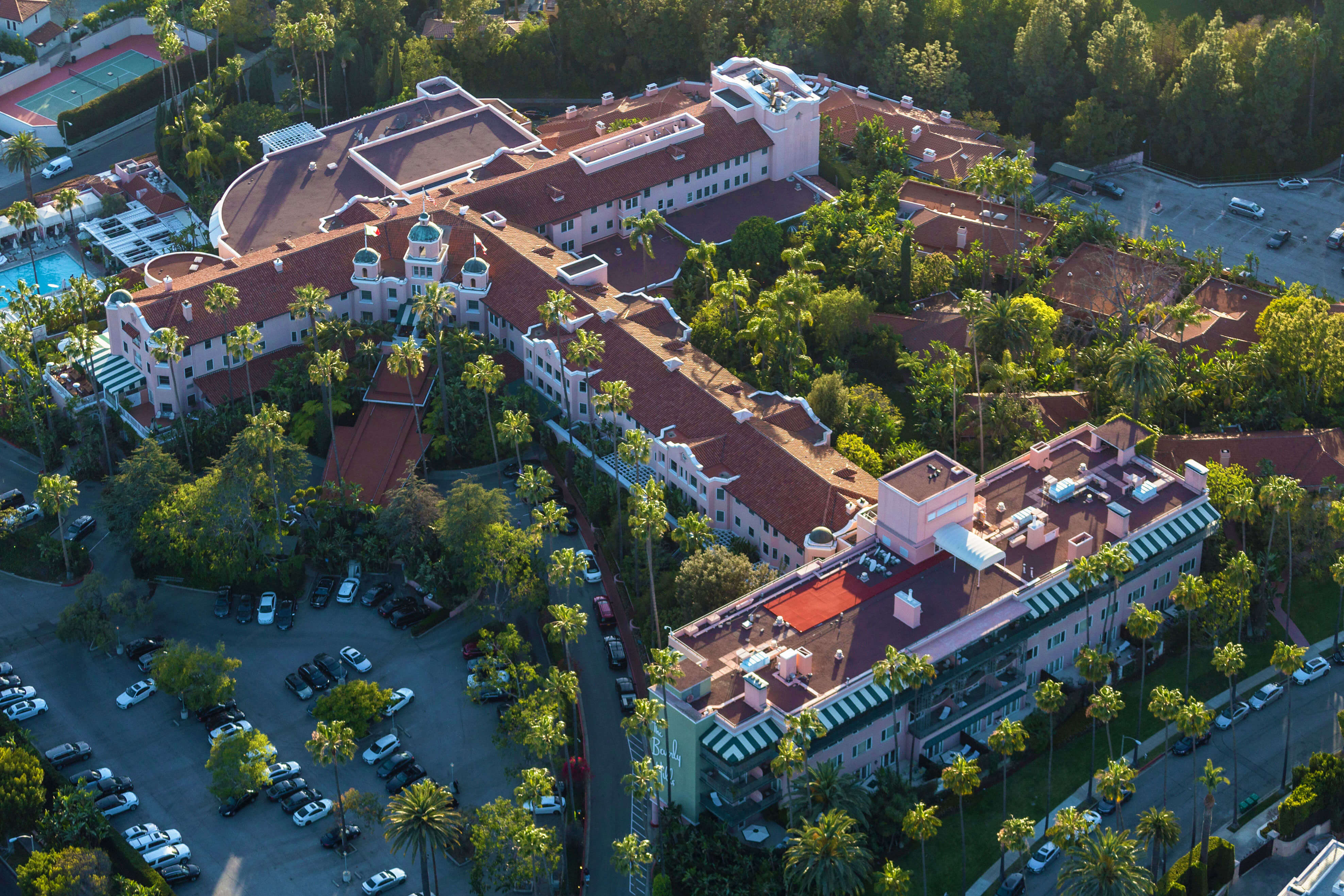1/1 Oops. Incorrect.
0%
0pts Earned
0/1correct
20/20
What style of architecture is dependent on a region’s local resources?
Vernacular architecture is unique in not being defined by specific parameters. Instead, this style relies on a region’s natural resources, as these modest buildings have been constructed since the time of early civilizations. Vernacular homes and buildings are usually composed of inexpensive, locally-sourced materials, and their designs evolve as cultures do.
Source: The SpruceBowellism
11%
Jacobean
24%
Vernacular
60%
Slick Style
5%
19/20
Rococo architecture first emerged in what European city?
Rococo architecture first appeared in the 18th century in Paris, France. The style is known for being highly ornate and expanding upon the Late Baroque style from which it emerged. Rococo was an architectural response to the death of Louis XIV and the self-glorifying style that he used to construct buildings such as the Palace of Versailles.
Source: The SpruceLondon, England
8%
Milan, Italy
40%
Paris, France
44%
Berlin, Germany
7%
18/20
What style was heavily influenced by architect Le Corbusier?
Brutalism originated in England following World War II, as its simplicity and use of basic concrete helped ease the post-war rebuilding process. Highlighted by concrete block buildings, Brutalism was heavily influenced by Swiss architect Le Corbusier, whose Unité d’Habitation in Marseilles, France, is seen as an early example of this architectural form.
Source: Discover WalksWeser Renaissance
13%
Biedermeier
16%
Saltbox
37%
Brutalism
34%
17/20
Gaudi’s Sagrada Família combines Gothic revival with what other style?
Barcelona’s Sagrada Família is the magnum opus of renowned architect Antoni Gaudí. Though construction began in 1882, the church remains unfinished today. The building combines Gothic architecture, Catalan Modernism, and Art Nouveau styles — the latter of which is known for its distinctive decorative elements. The most stunning architectural feature of the church are its long spires resembling palm trees.
Source: Barcelona TicketsArt Nouveau
60%
Deconstructivism
8%
Industrial
4%
Tudor Revival
27%
16/20
The Sydney Opera is the epitome of what architectural movement?
Completed in 1973, the Sydney Opera House was a revolutionary concept in modern architecture, as one of the first major projects to use computer-aided design for its complex shapes. Jørn Utzon conceived the unique design, which features a series of concrete panels making up the roof. Though now a point of national pride, its ambitious design and cost caused controversy during construction.
Source: ArchitectuulArt Nouveau
40%
Neo-futurism
37%
Constructivism
3%
Expressionism
21%
15/20
Which style of column is NOT found in Greek architecture?
Doric, Ionic, and Corinthian columns were an integral part of Greek construction. Doric columns (which you’ll see surrounding the Parthenon) are the oldest and simplest, while Ionic columns feature two scrolls at the top of their design and were used to support smaller buildings. Corinthian columns were more leafy and ornate, but were used less frequently than the other two main styles.
Source: DummiesDoric
9%
Ionic
13%
Solomonic
66%
Corinthian
12%
14/20
What school of German design operated from 1919 to 1933?
Founded in 1919 by architect Walter Gropius, the Bauhaus school followed a rational, functional aesthetic that adhered to a “less is more” approach. The style focuses less on ornamentation and more on clean lines and simple geometric forms. Though the school was shut down in 1933, many of its architects emigrated to the U.S. and influenced future architectural periods.
Source: The SpruceBauhaus
69%
Autobahn
5%
Spätzle
12%
Gesundheit
15%
13/20
What is the architectural term for an ornamental, nonfunctional building?
A folly is an ornamental structure built for the sole purpose of looking pretty. In England these buildings are also called “eyecatchers,” and they were particularly popular in 18th-century gardens. Examples include an extravagant gazebo built to look like a small Gothic church and a “sham ruin,” a structure created to look like a dilapidated building falling into pieces.
Source: Architectural DigestSilliness
3%
Folly
55%
Illusion
15%
Phantasm
27%
12/20
A type of craftsman-style bungalow is named after what state?
California bungalows emerged from the American Arts and Crafts architectural movement of the early 20th century. These homes, mostly built in California at first, were adapted from a similar style of home in India. California bungalows often feature open floor plans and are topped with sloping roofs.
Source: LAistCalifornia
67%
New Jersey
28%
Montana
2%
Mississippi
4%
11/20
Canadian American architect Frank Gehry is known for what style?
One of the most prominent figures of the postmodern movement was architect Frank Gehry. Gehry's first major international work — and the first example of the intersecting curves that would become his unmistakable style — was the Vitra Design Museum in Weil am Rhein, Germany, which opened in 1989. From there, his style became more pronounced and refined, eventually leading to the design of the Guggenheim Museum Bilbao, opened in 1997.
Source: Biography.comPostmodernism
46%
International style
3%
Neo-futurism
47%
Beaux-Arts
4%
10/20
What is a key element of Beaux Arts architecture?
Known for its ornate elements, the French Beaux Arts style is a combination of Neoclassical, Greek Revival, and Renaissance architectural styles. You can find the Beaux Arts style in libraries, ballrooms, courthouses, and other prominent public spaces throughout the world. Some of the more famous Beaux Arts buildings include New York City’s Grand Central Terminal and Carnegie Hall.
Source: Thought Co.Minimalism
23%
Bright colors
15%
Decorative details
54%
Spires
7%
9/20
Chalets are a style of home typical of what mountain range?
Chalets are wooden homes that originated in the Bavarian and French Alps, and today they are heavily associated with Switzerland. The homes are composed of thick wooden planks that create an appearance similar to a log cabin. Chalets are often embellished with carvings, balconies, and railings that differentiate them from normal cabins.
Source: BritannicaAlps
96%
Himalayas
3%
Urals
0%
Andes
1%
8/20
Flying buttresses are typical of what architectural era in Europe?
Popular in Europe between the 12th and 16th centuries, Gothic architecture was characterized by cavernous spaces coupled with ornamental stonework. Concepts like flying buttresses were used during construction to support the buildings while preserving as much natural light as possible. Stained-glass windows were also commonly found in Gothic buildings.
Source: BritannicaRomanesque
5%
Gothic
73%
Renaissance
10%
Baroque
11%
7/20
What futuristic architecture style emerged in the 1940s?
Googie architecture is defined by its futuristic buildings with angled roofs that look like wings. For example, much of the architecture found in “The Jetsons” cartoon is actually considered to be part of the Googie style. This space age architectural form first emerged in the 1940s in California and took its name from a West Hollywood coffee shop.
Source: Architectural DigestPlibbo
27%
Mumu
19%
Googie
26%
Rongo
27%
6/20
Architect James Hoban designed what neoclassical landmark?
In 1792, George Washington held a design contest for the future White House, which architect James Hoban ultimately won. He based the D.C. mansion on houses in the Irish countryside built in the neoclassical style — characterized by grandeur of scale, simple geometric forms, and use of columns. Several other submissions were considered, including Thomas Jefferson’s design for an elevated house.
Source: Architectural DigestUnited States Capitol
27%
The White House
32%
Lincoln Memorial
35%
Monticello
6%
5/20
The Hagia Sophia is a unique example of what architectural style?
Byzantine architecture drew heavily from Roman temples, as these buildings began popping up around 330 CE in Constantinople, now called Istanbul. The style was largely defined by domed roofs and spectacular decoration. Perhaps no Byzantine building is more renowned than the Hagia Sophia, a mosque constructed in the sixth century CE that features a 105-foot main dome and spectacularly colored marble columns.
Source: BritannicaPersian architecture
20%
Byzantine architecture
71%
Egyptian architecture
5%
Mongol architecture
3%
4/20
What English queen lends her name to a 19th-century style of architecture?
The Victorian style of architecture emerged during the reign of England’s Queen Victoria in the latter half of the 19th century. The style is synonymous with large and imposing homes that are heavily decorated and painted with vibrant colors. This elaborate ornamentation often comes at the expense of function, as rooms may be smaller with significantly less storage space.
Source: HGTVBertha of Kent
1%
Queen Elizabeth II
9%
Queen Victoria
89%
Caroline of Ansbach
1%
3/20
What famous peninsula lends its name to a style of home?
Categorized by steep roofs, shingled exteriors, and large chimneys, Cape Cod homes have been a popular American style since as far back as the 17th century. Puritan colonists at the time chose to model their homes after half-timbered homes in England. While the style waned in popularity by the 1850s, it saw a resurgence in the mid-20th century.
Source: Homes and GardensCape Cod
92%
Upper Peninsula
3%
Delmarva
4%
Door
1%
2/20
What famous architect designed Fallingwater?
Fallingwater — one of Frank Lloyd Wright’s best-known works — emphasizes the concept of “organic architecture,” which blurs the boundaries between inside and outside. The house was partially built over a running waterfall at Bear Run, in the secluded woods of southwestern Pennsylvania. It features large glass windows that allow its inhabitants to connect with nature.
Source: Fallingwater.orgZaha Hadid
1%
I. M. Pei
5%
Philip Johnson
2%
Frank Lloyd Wright
92%
1/20
New York’s Chrysler Building exemplifies what architectural style?
The art deco style of architecture originated in the 1920s and is distinguished by simple, clean shapes often made up of expensive materials such as jade, silver, and ivory. Some of the most high-profile examples of the architectural style are located in New York City, including the Chrysler Building, Rockefeller Center, and the Empire State Building.
Source: BritannicaMid-Century Modern
14%
Art Deco
79%
Brutalism
1%
Industrialism
6%
Play Quizzes By Category
Play A Trending Quiz
Trending, related and recent quizzes you may be interested in







